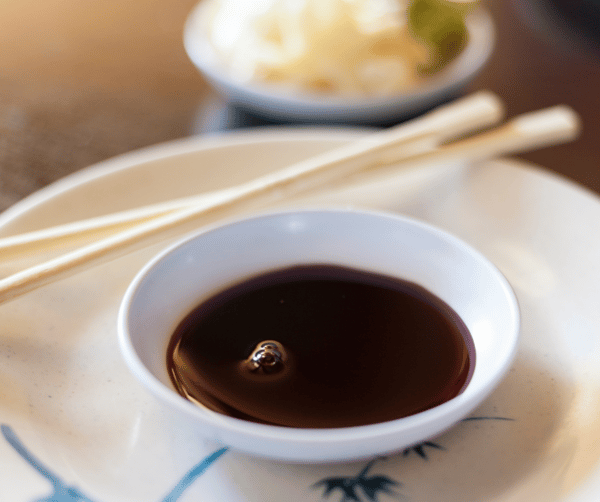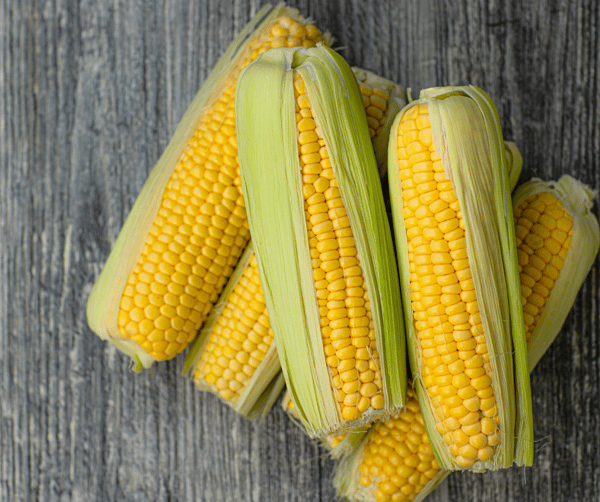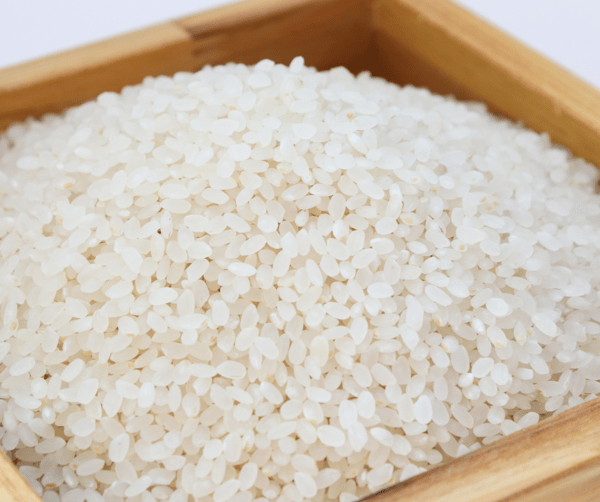I knew it was a mistake. But the artisanal beer my dining companion had ordered smelled so good! One teensy sip couldn’t do any harm, right?
Wrong! Not because I was driving, not because I’m not of age, but because I have Celiac Disease. Even before I swallowed, I burped (gas and bloating is an innocuous Celiac response) and stopped burping three days later. It was funny for about five minutes.
Celiac Disease “is a serious autoimmune disease that occurs in genetically predisposed people where the ingestion of gluten leads to damage in the small intestine. It is estimated to affect 1 in 100 people worldwide, but only about 30% are properly diagnosed,” according to the Celiac Foundation (Celiac Disease Foundation). It’s been around for centuries, but we’re still in the Dark Ages in terms of diagnosis and cure. Thankfully, recognition has increased 1,000-fold since I was born and doctors told my parents, “We don’t know why your baby can’t digest food. There’s nothing we can do for her.” Trial and error kept me kickin’ until the 1970s, when Celiac Disease was recognized as an autoimmune disease and gluten-free (GF) foods hit grocery shelves.
Over the past 70 years, I’ve developed my own survival guide, which I share with you. While this should not be taken as medical advice, these tips have helped me navigate Celiac Disease, especially during the tricky holiday season and may help you too.
Be Vigilant
It’s easy to tell there’s gluten in pasta, but sushi? (it’s in standard soy sauce and some wasabi); sausage? (grain may be used as filler); a milkshake? (if it’s a malted). Here’s a short list of foods in which gluten may lurk:
- Chocolate, canned baked beans and soups, sausages and pre-made ground meat dishes, all of which may use gluten as a thickener.
- Pickles, condiments such as ketchup and salad dressings, which may incorporate malt vinegar.
- French fries and other fried foods, which contain wheat to make them “extra crispy.”
- Skin creams and moisturizers containing wheat. I used a major brand for 50 years, then got a full-body rash. Checking the label, I saw “New Formula!” with a wheat stalk pictured.
While the FDA has no gluten-free symbol, look for a gluten-free statement on packaged goods or symbols such as:

Be Clear
In advance of festivities, alert folks to your Celiac status.
- Contact restaurants in advance. On arrival, notify the maître d’ and servers. Check for GF menus such as Lettuce Entertain You’s GF offerings: Top Spots for Gluten-Free Friendly Dining.
- When registering for cooking classes, ask if recipes allow for GF substitutions. (The Chopping Block accommodates a wide range of dietary restrictions).
- When travelling, create a printed card in the country’s language, reading “I have Celiac Disease, a serious autoimmune disease that prevents me from eating gluten, found in grain and other foodstuffs. I cannot eat gluten without risk to my health. Please recommend foods that contain no gluten. Thank you.”
- In private homes, explain your restrictions and offer to bring a GF dish, which leads me to:
BYO
I always pack Tamari (GF soy sauce) when dining Asian because standard soy sauce contains gluten.
 In cuisines with spreads, such as hummus, or sauces to sop up, I bring GF toast. At wine tastings, I supply my own rice crackers. Sometimes I ask when making the reservation; sometimes – especially if no GF options are available - I just go for it and prepare to ask for forgiveness if not permission.
In cuisines with spreads, such as hummus, or sauces to sop up, I bring GF toast. At wine tastings, I supply my own rice crackers. Sometimes I ask when making the reservation; sometimes – especially if no GF options are available - I just go for it and prepare to ask for forgiveness if not permission.
Cut out Corn
Corn is a point of debate in Celiac circles. While corn is often on GF lists, certified nutritionists have advised me that corn can trigger a Celiac response, which in my case is true. So, I avoid corn and corn products, including corn starch and corn syrup. (I always forget, so please someone remind me this summer not to drink packaged lemonade!) Sadly, cutting out corn makes Latino cuisine a danger zone for me.

Rely on Rice
That includes risotto at Italian spots, rice noodles in Asian cuisine and to sub for standard pasta dishes, steamed rice to sop up eggs at breakfast or brunch. However, I haven’t had luck with rice flour.
 For me, the safest bet to avoid gluten has been: If in doubt, go without. It’s the most literal example I know of “Trust your gut.”
For me, the safest bet to avoid gluten has been: If in doubt, go without. It’s the most literal example I know of “Trust your gut.”
The good news is there’s no gluten in wine, so join me for a wine class sometime!
Want some tried and trusted gluten-free recipes to add to your cooking repertoire? Download The Chopping Block's Gluten-Free Gourmet recipe collection.











